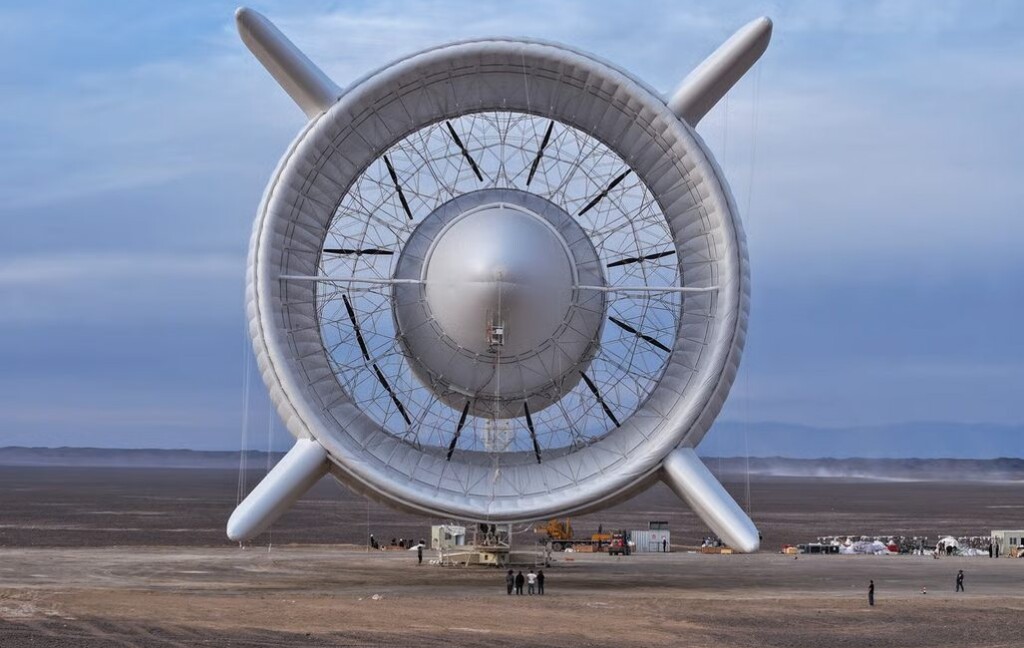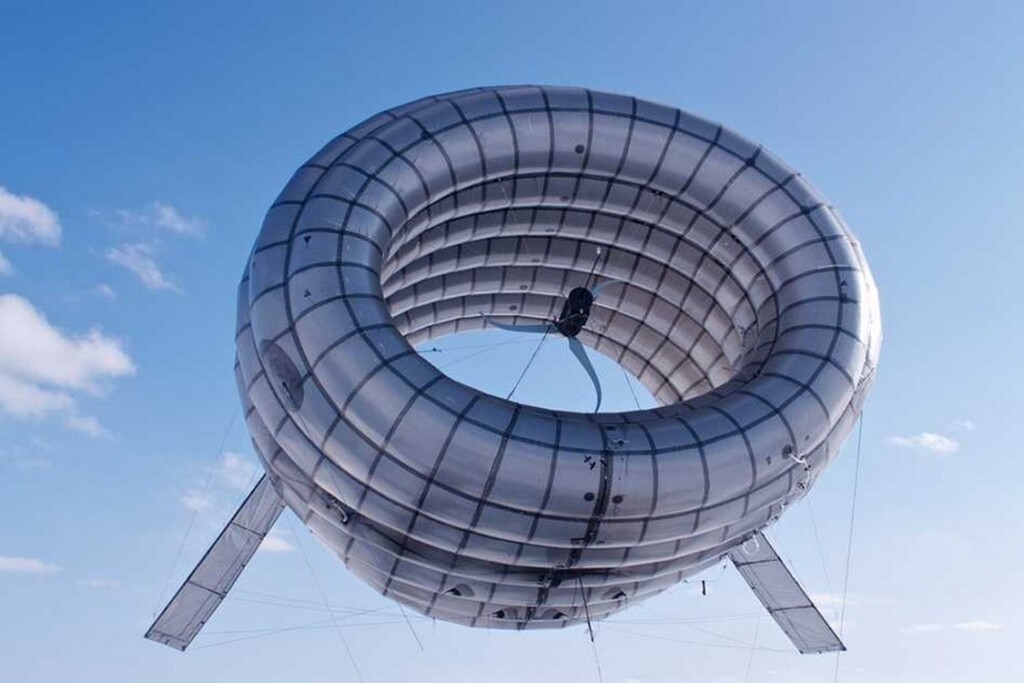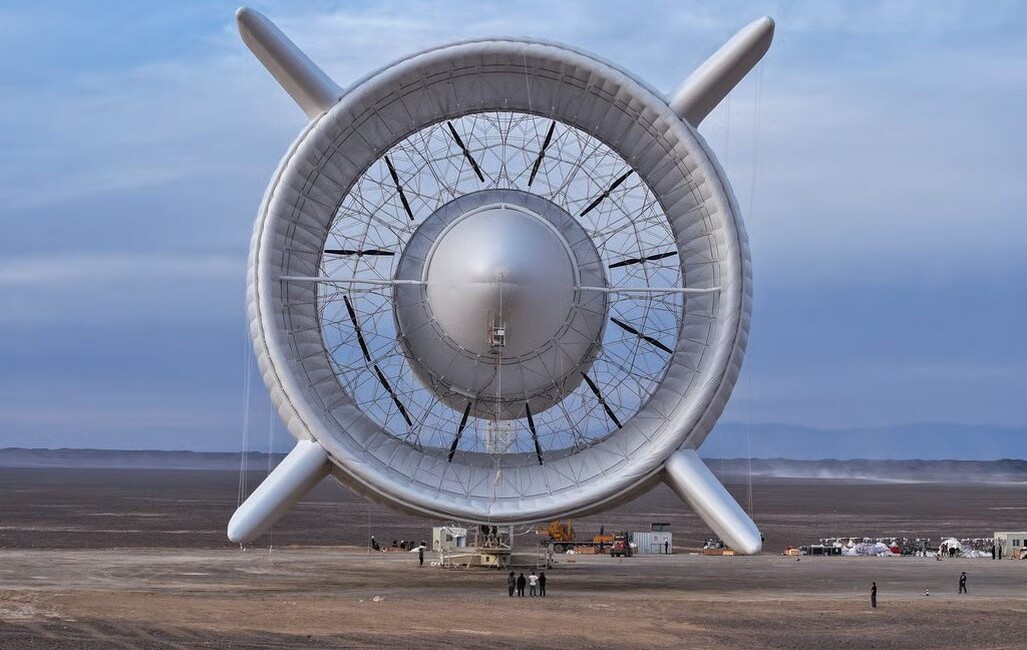
A new form of wind energy is under development that promises more consistent power and lower deployment costs by adapting the design of a dirigible, or zeppelin.
Suspended 1,000 feet up where the wind is always blowing, it presents as an ideal energy source for rural communities, disaster areas, or places where wind turbines aren’t feasible to build.
The design has grown through multilateral innovation by dozens of engineers and scientists, but an MIT startup called Altaeros, and Beijing-based start-up Sawes Energy Technology have taken it to market. Both have already produced prototypes that boast some serious performance.
In 2014, Altaeros’ Buoyant Air Turbine (or BAT) was ready for commercial deployment in rural Alaska, where diesel generators are still heavily relied on for power. Its 35-foot-long inflatable shell, made of the same materials as modern blimps, provided 30 kilowatts of wind energy.
As a power provider, though, Altaeros could never get off the ground, and now has adopted much of its technology to the provision of wireless telecommunication services for civil and commercial contracting.
Heir to Altaeros’ throne, Sawes has managed to greatly exceed the former’s power generation, and now hopes to achieve nothing less than contributing a Chinese solution to the world’s energy transition.

During a mid-September test, Sawes’ airship-like S1500, as long and wide as a basketball court and as tall as a 13-storey building, generated 1 megawatt of power which it delivered through its tether cable down to a generator below.
Conducted in the windy, western desert province of Xinjiang, the S1500 surpassed the capabilities of its predecessor turbine by 10-times, which achieved 100 kilowatts in October of last year.
Dun Tianrui, the company’s CEO and chief designer, called the megawatt-mark “a critical step towards putting the product into real-world use” which would happen next year when the company expects to begin mass production.
BETTER TURBINES: World’s First All-Timber Wind Turbine Blades are Cheaper, Recyclable, Fire-Resistant and Stronger than Carbon Fiber
At the same time, the Sawes R&D team is looking into advances in materials sciences and optimization of manufacturing that will ensure the cost of supplying that megawatt to rural grids will be around $0.01 per kilowatt-hour—literally 100-times cheaper than what was theorized as the cost for Altaeros’ model from 10 years ago.
One of the major positives of the BAT is that by floating 1,000 to 2,000 feet above the ground, they render irrelevant the main gripe and failing of wind energy—that some days the wind doesn’t blow. A conventional turbine reaches only between 100 and 300 feet up, putting birds at risk as well as not collecting all the air that’s blowing over the landscape.
WIND POWER STORIES: Coastal Winds Not Only Ripen Grapes, They Power Vineyard’s Winemaking Sustainably
Sawes’ unit is about 40% cheaper to build and deploy than a normal turbine, presenting the opportunity for a 30% lower cost for buying the wind energy.
According to a piece in the Beijing Daily, reported on by South China Morning Post, challenges remain before commercial deployment can begin, including what to do during storms, and whether or not it will compete in communities with existing coal-power supply.
SHARE This Reimagination Of Wind Energy With Your Friends On Social Media…


Leave a Reply